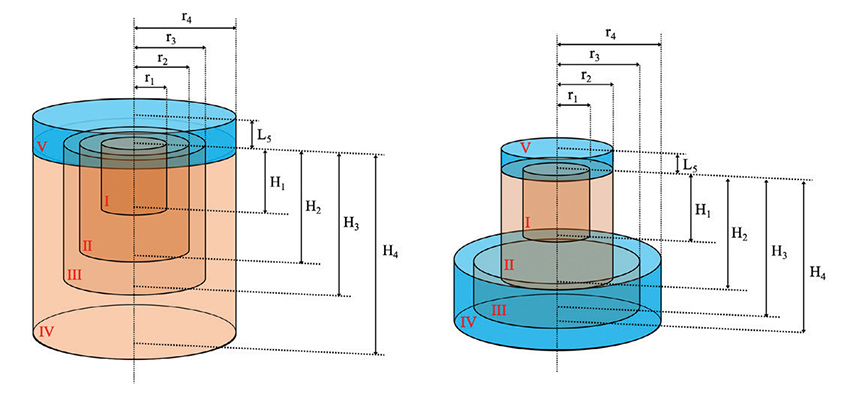
Published in the International Journal of Heat and Mass Transfer
A heat and mass transport model of clay pot evaporative coolers for vegetable storage
Abstract
Clay pot coolers are low-cost technologies that can prolong vegetable shelf-life by providing a cool and humid storage environment through evaporative cooling. A predictive performance model of these systems is not available for investigating the impact of design modifications on device performance. This study proposes transport models for pot-in-pot and pot-in-dish coolers that have been validated with experimental data from 17 field trials from Mali and Rwanda with maximum errors of less than 6% ob- served. Results show that the pot-in-pot and pot-in-dish devices consume 1.96 and 2.85 L/day of water, respectively. A parametric study was conducted to evaluate how the refrigeration efficiency and daily water consumption are affected by the size of the device, local wind speed, and the mass of vegetables stored in the cooler. Increasing local wind speeds provides a net positive impact on refrigeration efficiency despite the increased convective heating. In addition, the quantity of vegetable mass showed a negligible impact on daily water consumption. Insights from the model suggest that water consumption is more efficient for larger devices.
More information
MIT D-Lab Evaporative Cooling for Vegetable Preservation research
Contact
Eric Verploegen, MIT D-Lab Research Engineer, Evaporative Cooling Lead

